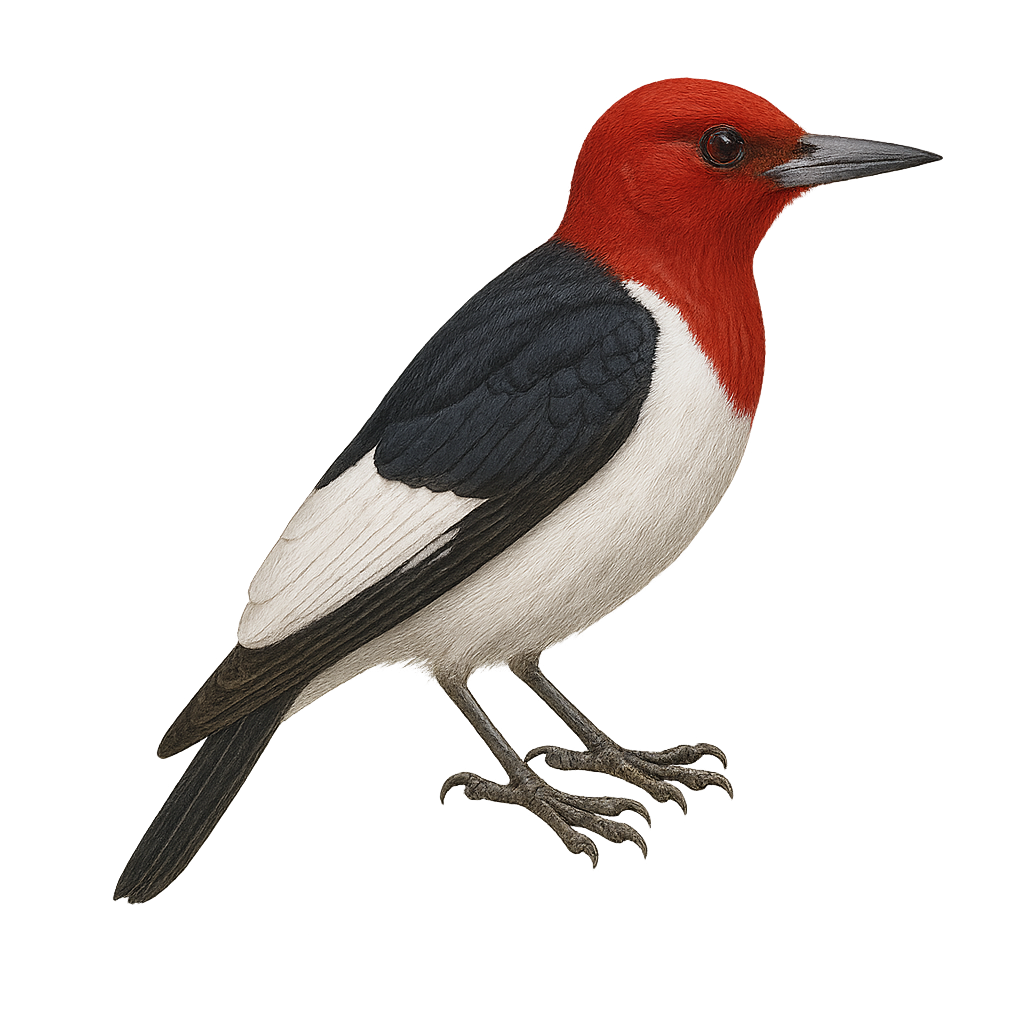Your wildlife photography guide.
Explore the red-headed woodpecker in detail, study its behavior, prepare your shots.
Where to observe and photograph the red-headed woodpecker in the wild
Learn where and when to spot the red-headed woodpecker in the wild, how to identify the species based on distinctive features, and what natural environments it inhabits. The WildlifePhotographer app offers tailored photography tips that reflect the red-headed woodpecker’s behavior, helping you capture better wildlife images. Explore the full species profile for key information including description, habitat, active periods, and approach techniques.
Red-headed Woodpecker
Scientific name: Melanerpes erythrocephalus

IUCN Status: Least Concern
Family: PICIDAE
Group: Birds
Sensitivity to human approach: Suspicious
Minimum approach distance: 10 m
Courtship display: May to June
Incubation: 12-14 jours
Hatchings: May to July
Habitat:
Open forests, orchards, wooded areas
Activity period :
Primarily active during the day, with peak activity in the morning and late afternoon.
Identification and description:
The Red-headed Woodpecker, Melanerpes erythrocephalus, is a medium-sized bird easily recognizable by its bright red head, black back, and white belly. Native to North America, it primarily inhabits open forests, orchards, and wooded areas. This woodpecker is known for its territorial behavior and ability to store food, such as insects and fruits, in tree crevices. It is also an excellent acrobat, capable of catching insects in flight. Although its habitat is threatened by deforestation, it remains a relatively common species. However, its population is declining, leading to conservation efforts to protect its natural habitats.
Recommended lens:
400 mm – adjust based on distance, desired framing (portrait or habitat), and approach conditions.
Photography tips:
To photograph the Red-headed Woodpecker, it is advisable to use a telephoto lens of at least 400mm to capture precise details without disturbing the bird. Look for areas where these woodpeckers are active, such as open forests or orchards. Be patient and discreet, as although they are suspicious, they can get used to your presence if you remain still. Try to capture moments when they are in flight or storing food, as this showcases their natural behavior.
The WildlifePhotographer App is coming soon!
Be the first to explore the best nature spots, track rutting seasons, log your observations, and observe more wildlife.
Already 1 431 wildlife lovers subscribed worldwide

